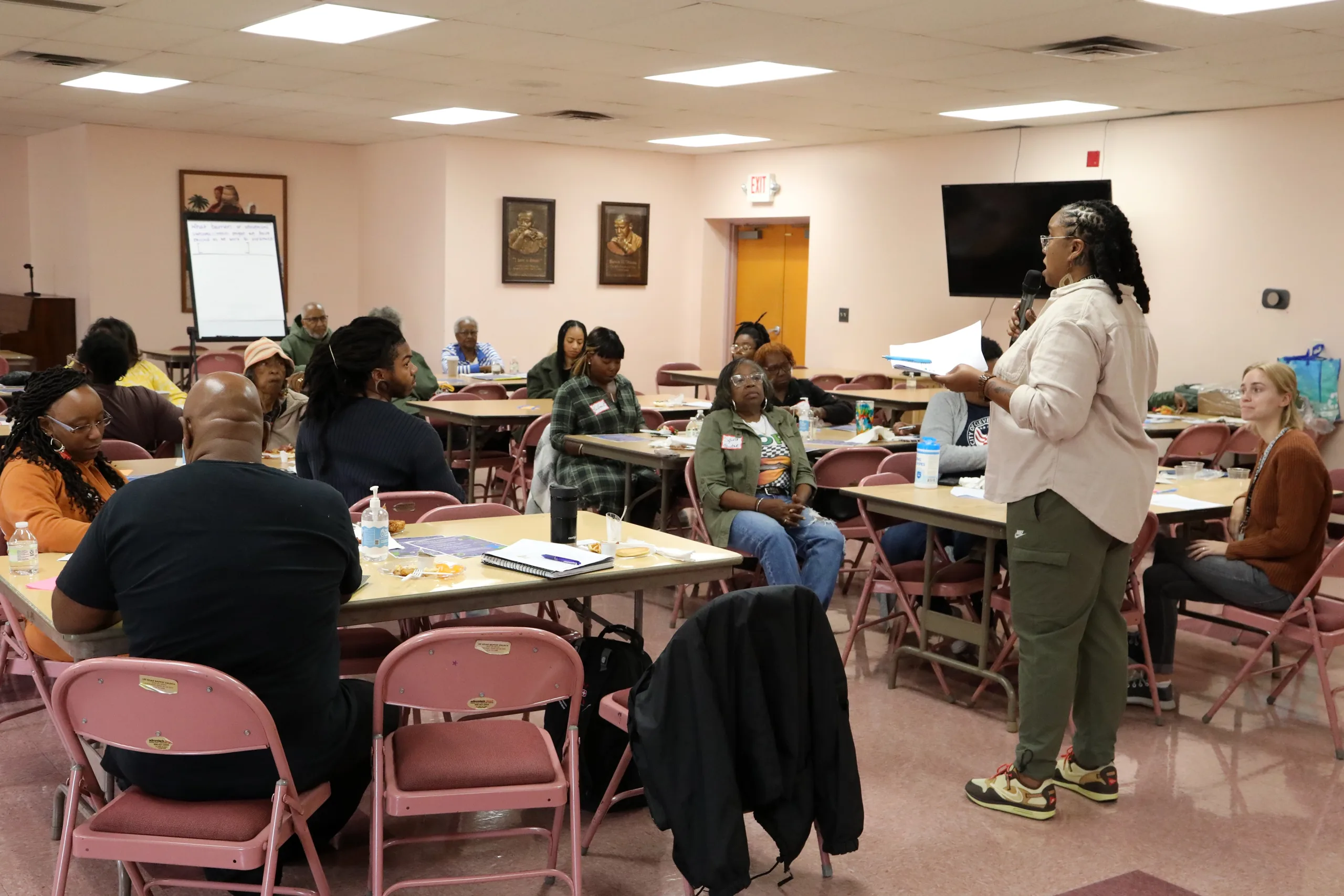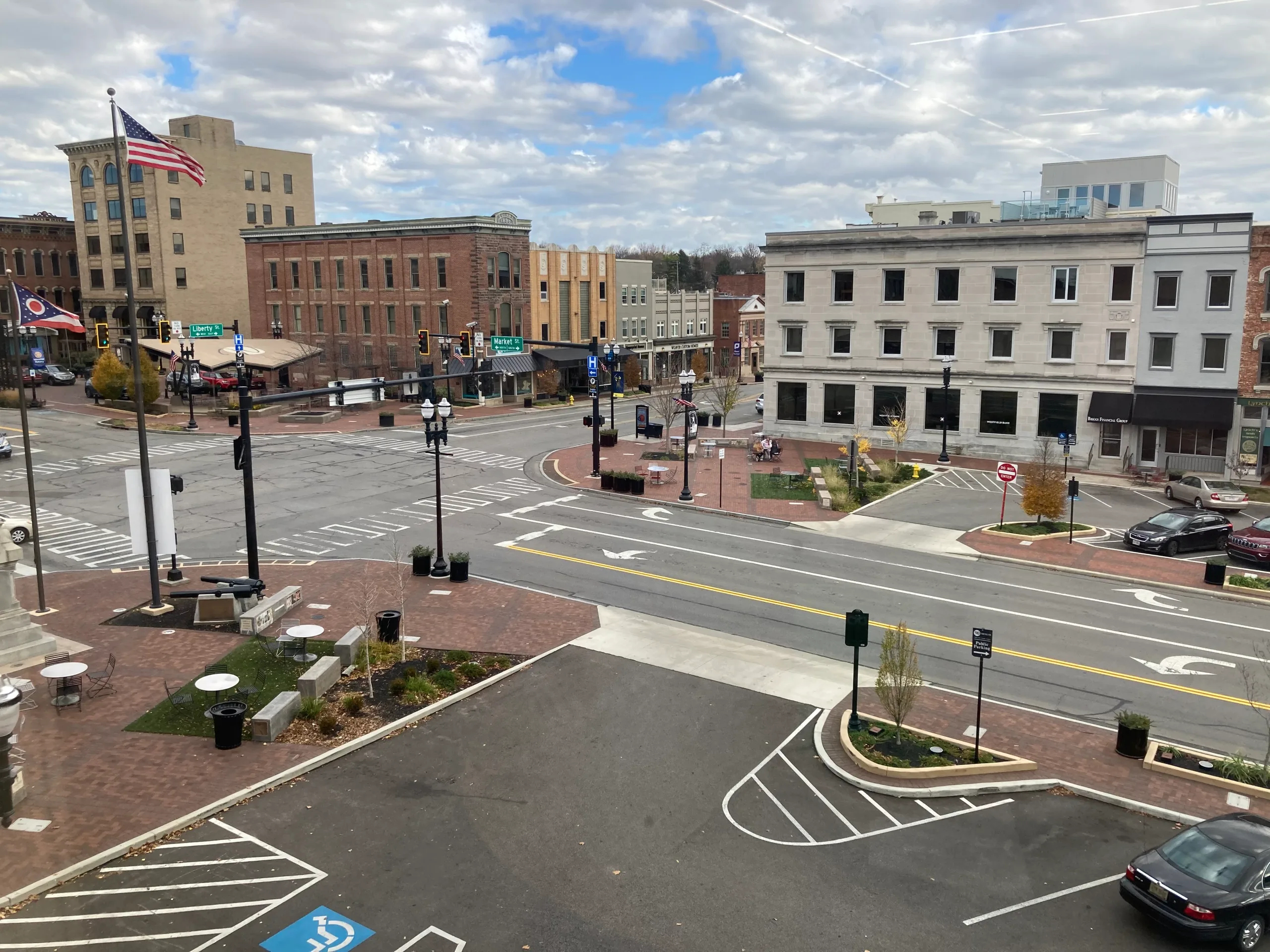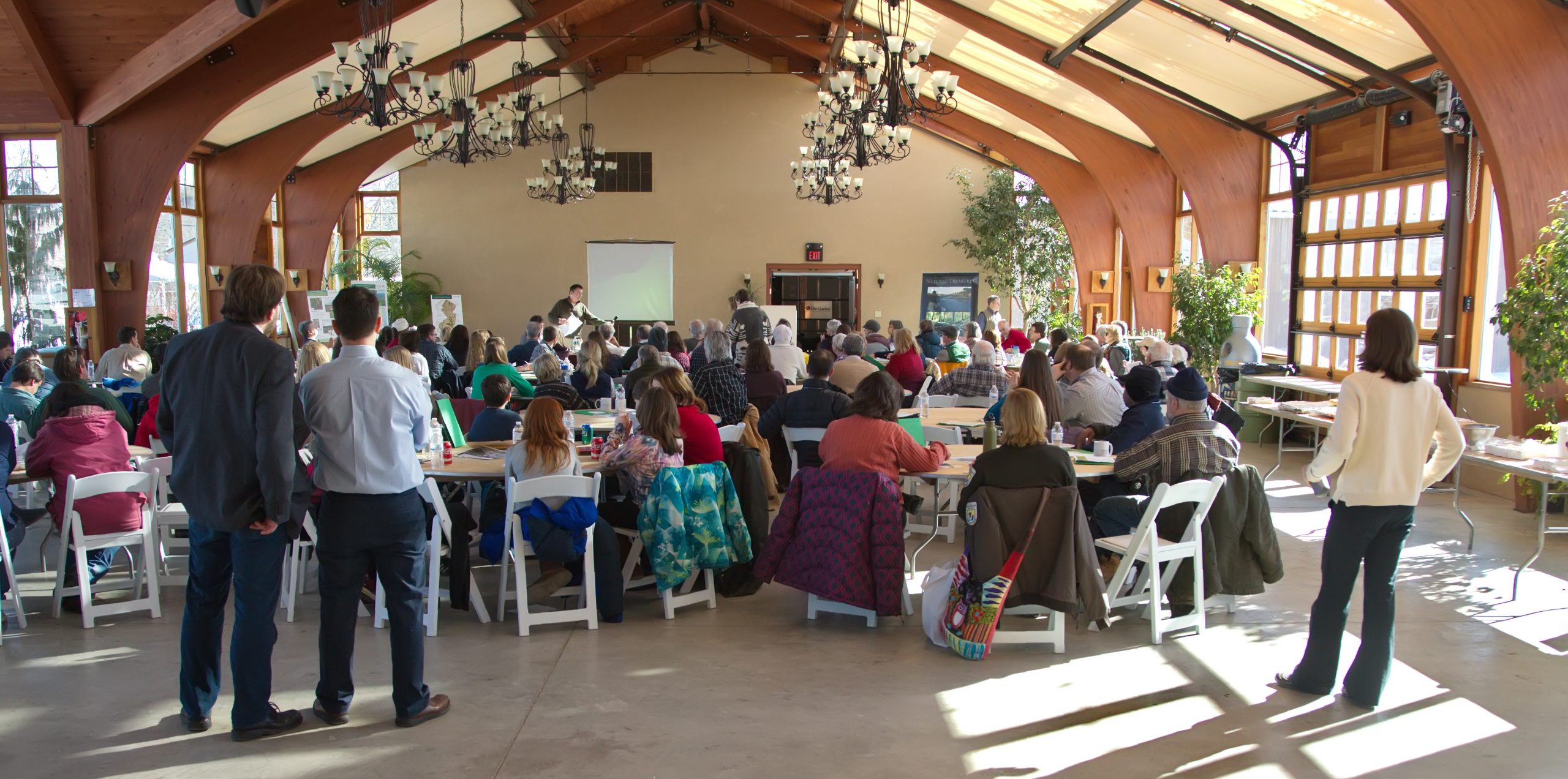
By Elizabeth Schuster, Environmental Economist
INTRODUCTION
I don’t believe any organizational leader would say, “It’s really easy to build trust and meaningfully engage all communities we work with, at all times.” Trust building is especially challenging for larger, multi-jurisdictional organizations that work with many different communities.
However, building trust after a big problem arises does not tend to work well – it’s often too late. A more effective approach is to be proactive, building relationships with communities over time. This blog focuses on five key steps to help your organization design an authentic community engagement strategy focused on reciprocity and trust.
PROBLEMS WITH OPPORTUNISTIC COMMUNITY ENGAGEMENT
Quite often, an organization’s engagement strategy relies on bumping into stakeholders in public places. Or, perhaps, the strategy focuses exclusively on outreach through educational programming and community events for fundraising or entertainment. While these types of engagement can be one element of your overall strategy, chance encounters at public events alone will not work. This is because those engagement strategies do not have a primary purpose of listening.
Opportunistic community engagement strategies often:
- Serve a narrow, limited audience. At worse, it can lead to favoritism, even if unintentional, where the organization ends up only supporting those communities (or individuals) you already know. Best case scenario this strategy means you are likely engaging only a narrow segment of the population.
- Are more biased. When you only hear from the most vocal voices, you can get a skewed perception of the real issues.
- Can erode trust. Ultimately, if your organization’s community engagement is inconsistent, that can erode trust. Community members may see your organization as noncommittal.
Effective, reciprocal community engagement does not happen accidentally – it needs to be designed.
5 STEPS TOWARDS A COMMUNITY ENGAGEMENT STRATEGY THAT BUILDS RELATIONSHIPS
Tip 1: Frame the engagement around questions you need to answer.
The feedback you collect will be more useful when you frame the engagement around questions you need to answer. This also makes for more efficient use of resources when you can link the engagement onto another activity already happening in your organization. Plus, this feels more authentic to communities, setting you up for co-creation of solutions. Examples can include:
- Your team is starting strategic planning, and you want to learn more about the challenges facing communities.
- Your organization is designing a new program and wants input on the design of the program.
- Your organization wants to evaluate the success of past programming.
Tip 2: Be intentional in the design of your engagement sessions.
There is a LOT that could said about good design. You can reference this blog, “10 tips to ensure data quality AND human connection” and this blog with tips to navigate the challenges that come from community-led solutions. Here, I’ll highlight two important tips to keep in mind:
- Be thoughtful about the format. You can choose from interviews, forums, workshops, listening sessions, focus groups, town halls…But a major differentiator is how many people attend. Smaller groups (or even one-on-one interviews) are good for highly sensitive topics. Larger groups can be preferable if the goal is to build community and/or rally around shared goals.
- Spend the time needed to develop a clear agenda with specific questions you plan to ask to participants. It’s rare to see effective engagement sessions that are unstructured. Now, the participants might feel that the session is casual, but behind the scenes, you know that you have a detailed agenda with clear objectives.
Tip 3. Seek out diverse audiences and pay attention to who is missing.
There are three common recommendations I give around who to invite. First, make it clear that you do not want only traditional “experts.” You value a diversity of perspectives.
Second, I often see the same people invited to attend time and time again. It will take effort to seek out new individuals who have never participated before. Spend time seeking out new voices.
Third, try to avoid offering just one engagement session. This can send a message that you aren’t really committed to hearing from a diversity of individuals. Instead, consider different dates, times of day, geographic distribution, and specific venues. If you’re curious about whether participant stipends may be appropriate to help increase access, read this blog, “Paying participants in research and planning: 12 questions to ask.”
Tip 4: Follow through on commitments with a long-term communications and engagement strategy.
Work with your communication director to coordinate the development of a long-term communications and engagement strategy. Two things in particular stand out:
- Make sure to follow up with participants in your engagement sessions and show how your organization used their feedback. This is crucial to build trust.
- It’s true that it would be resource-intensive to host 6 listening sessions every month– so that is not going to be realistic. But you can still design a longer-term engagement strategy that is feasible for your budget. Identify at least some future opportunities to strategically engage with communities periodically to listen and collect feedback.
Tip 5: Revisit your organizational culture and systems.
Community engagement strategies that are focused on listening and co-creation of solutions will only succeed long-term with a supportive organizational culture and systems. Successful efforts have commitment from leadership. Certain organizational values are more conducive to listening to communities – values like collaboration and inclusivity.
Further, it helps when you have organizational systems that codify your commitment to community engagement, such as instituting a habit of reporting out on community engagement outcomes in monthly team meetings.
CONCLUSION
At the end of the day, it’s hard to describe the ideal organizational culture and systems that would be needed to support community engagement that builds trust. I’m still learning what this looks like myself. If nothing else, encourage a culture of learning – so when you inevitably get it wrong, it’s acceptable to talk about failure and what can be improved next time.
Two things can be true. Good community engagement is founded on certain best practices that have been shown to be effective time and time again. And it’s also true that some guesswork is needed when you design your community engagement strategy. Don’t let perfect get in the way of good enough. No one gets this perfect. Consider each activity a test. Maybe in your first focus group, you were aiming for 15 participants and only 5 show up. Or perhaps your goal was to engage new communities, and the first listening session, you realize that everyone in the audience is the same people you always work with – no new faces!
You learn, you adaptively manage, and each round of engagement – you do better. And over time, you build trust because communities see you are committed to listening. This leads to better outcomes – and a greater likelihood your organization will achieve your goals.





